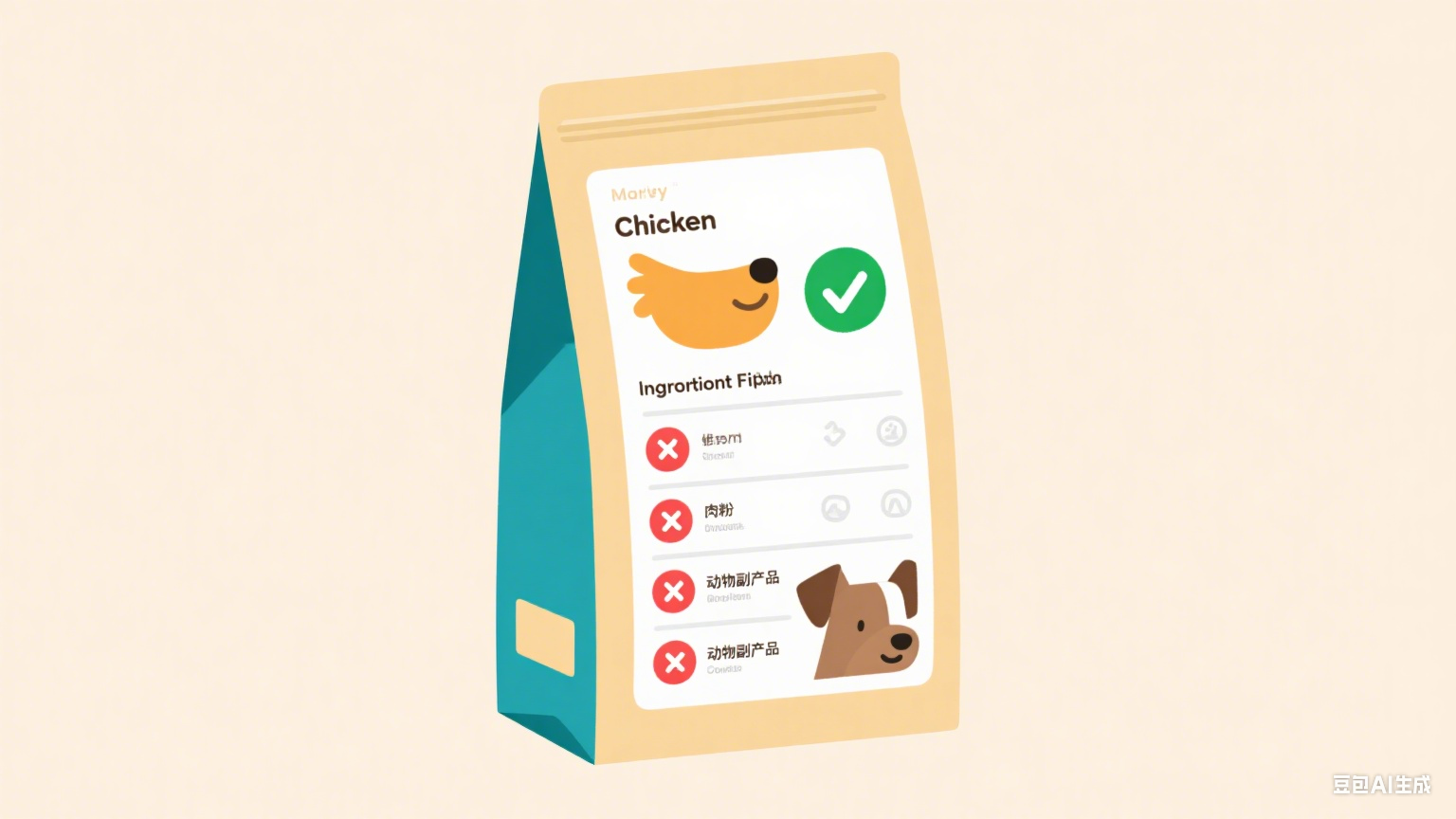Dog Food Buying Guide: How to Choose the Best Dog Food Formula for Your Furry Friends

Choosing the right dog food not only helps maintain your dog's weight and vitality but also prevents health issues like skin allergies and digestive discomfort. But with so many different "natural" and "functional" foods on the market, how can pet owners decide? This article summarizes five key purchasing tips to help you find the perfect diet for your furry friend!
1. First, understand your pet’s personalized needs
The first step in choosing a dog food is to consider your dog's unique circumstances—age, size, activity level, and health status all affect the recipe's needs.
1. Choose by age: needs vary greatly at different stages
Puppies (0-1 years old)
A high-protein (22-32%), high-calorie formula is needed to support bone and muscle development. It is recommended to choose a "growth formula."
Adult dogs (1-7 years old)
Focus on balanced nutrition, with about 18-25% protein, to avoid excessive calories that may lead to obesity.
Senior dogs (over 7 years old)
If you need a low-calorie, easily digestible formula, you can choose the "Senior Formula" containing glucosamine to protect your joints.
2. Adjust according to activity level: Match energy and calories
- High activity dogs (such as working dogs and sports dogs): Choose a higher calorie formula to avoid weight loss.
- Low activity level (such as indoor dogs, elderly dogs): control fat content (≤15%) to prevent obesity.
3. Special health needs: Choose a formula based on the problem
- Sensitive skin: Prefer formulas containing Omega-3 (fish oil) and no artificial colors.
- For those with delicate digestion: Choose a hypoallergenic formula that contains probiotics and is low in gluten.
- Kidney problems: A low-phosphorus, low-protein formula is required (it is recommended to follow the guidance of a veterinarian).
2. Learn to Read the "Ingredient List": Avoid These Minefields
The ingredient list on dog food packaging is key to judging quality. Remember these three principles:
-
The first ingredient must be animal protein
- Ideal ingredients: Whole meats such as chicken, beef, and salmon (labeled "fresh" or "frozen" are preferred).
- Avoid: "Meat meal" and "Animal by-products" (source unknown, quality questionable).
-
Avoid unnecessary additives
- Say no to: Artificial colors (such as Red 40), preservatives (BHA/BHT), and excessive grains (corn and wheat may trigger allergies).
-
Nutrition labels should be clear
- Make sure there is a "Guaranteed Analysis" indicating the minimum/maximum content of protein, fat, and fiber.
3. Common purchasing misunderstandings: Don’t be confused by marketing terms
Natural food doesn’t necessarily mean good
Taiwan and Hong Kong do not have a unified standard for "natural", so it still depends on the specific ingredients.
Imported food may not be suitable for local dogs
Some European and American formulas are high in calories and may not be suitable for the metabolic habits of Asian dog breeds.
Changing food too quickly can easily cause problems
New and old dog food need to be mixed gradually (day 1-2: 70% old food + 30% new food, and so on) to avoid gastrointestinal discomfort.
4. The last step: observe the pet's adaptive response
After purchasing a small package for trial, pay attention to the dog's condition:
Ideal performance
- Stool formation
- Shiny hair
- Full of energy
Signals that need to be replaced
- Persistent soft stools
- itchy skin
- decreased appetite
Summarize
When choosing dog food, there's no "best"—only "most suitable." First, confirm your pet's age, health, and activity level. Then, learn to read the ingredient list and avoid unnecessary additives. By following these steps, you can significantly reduce the risk of choosing the wrong food and ensure your pet is healthy and happy!

